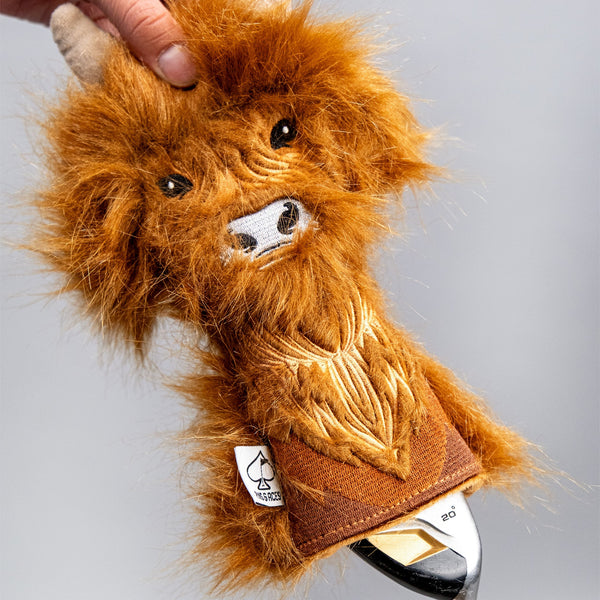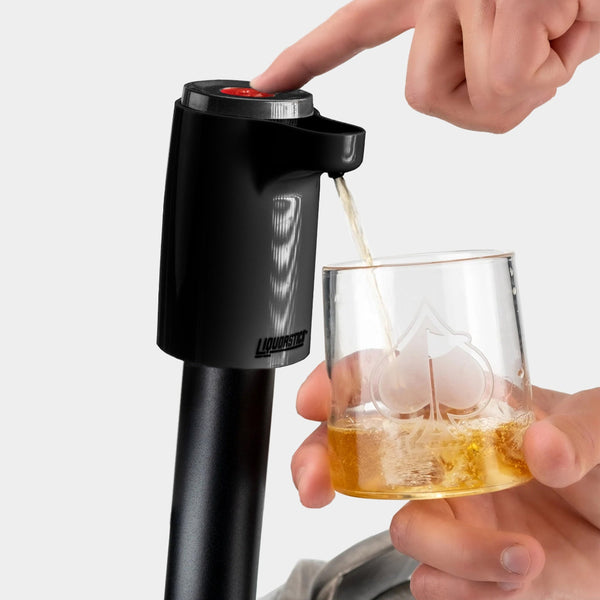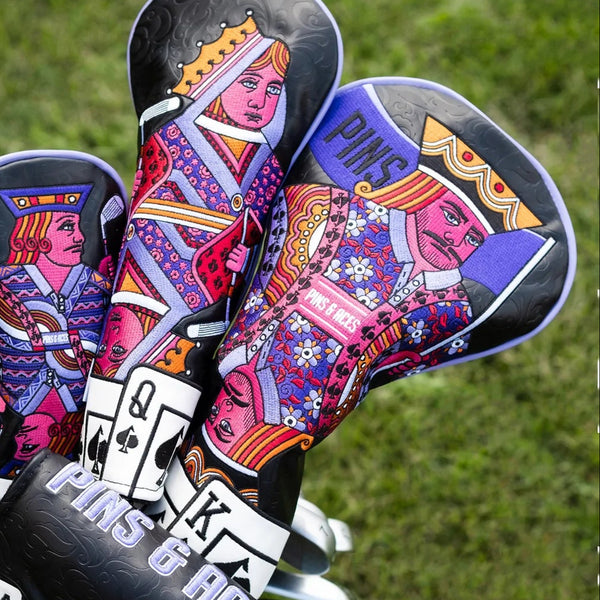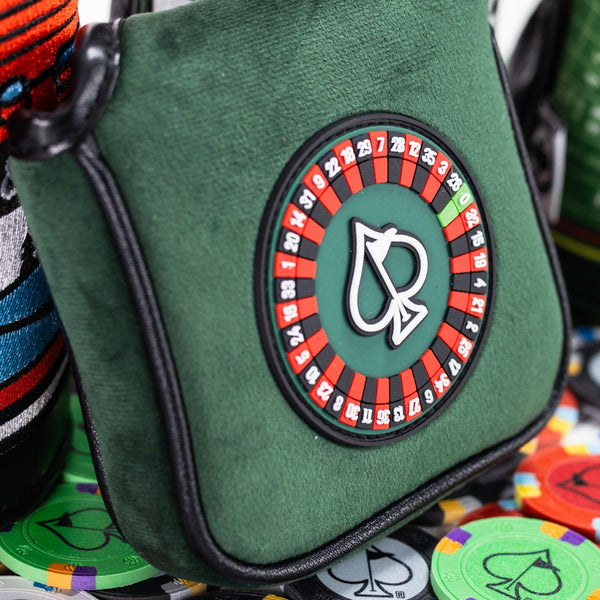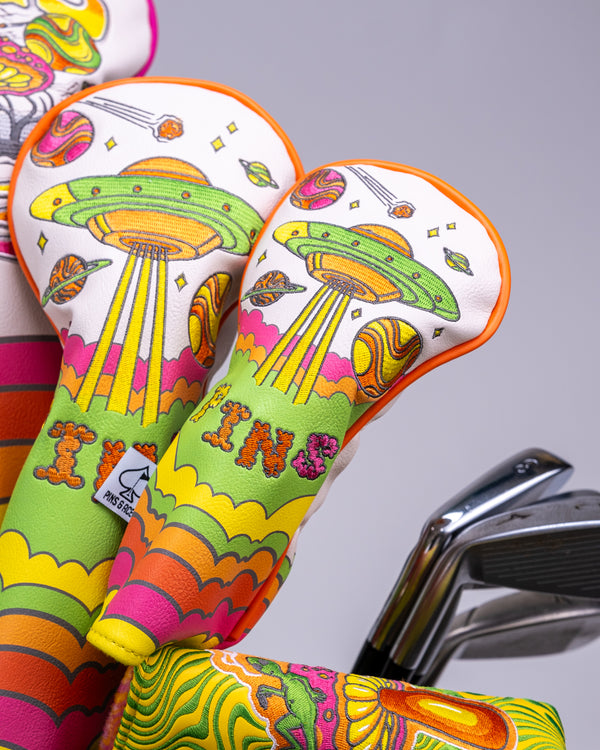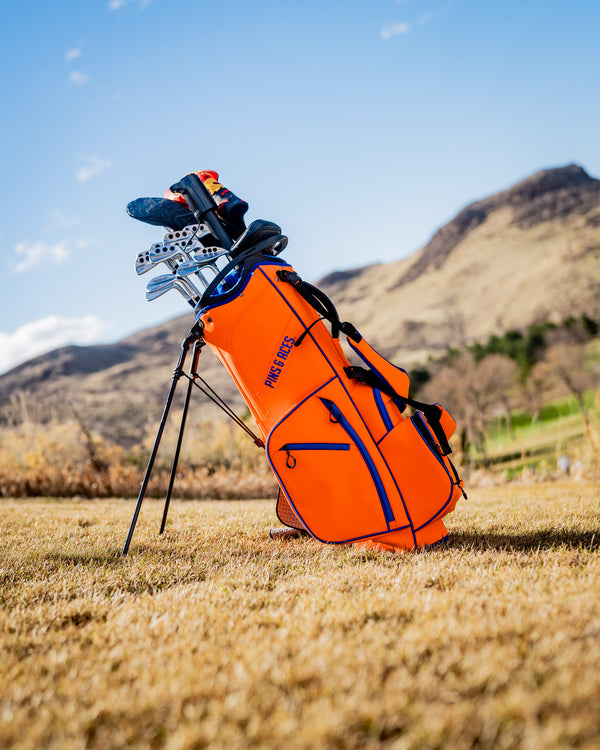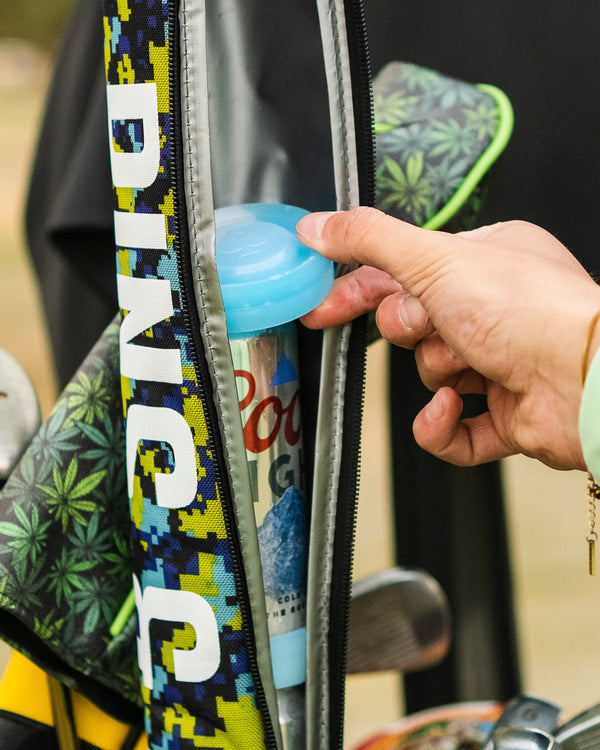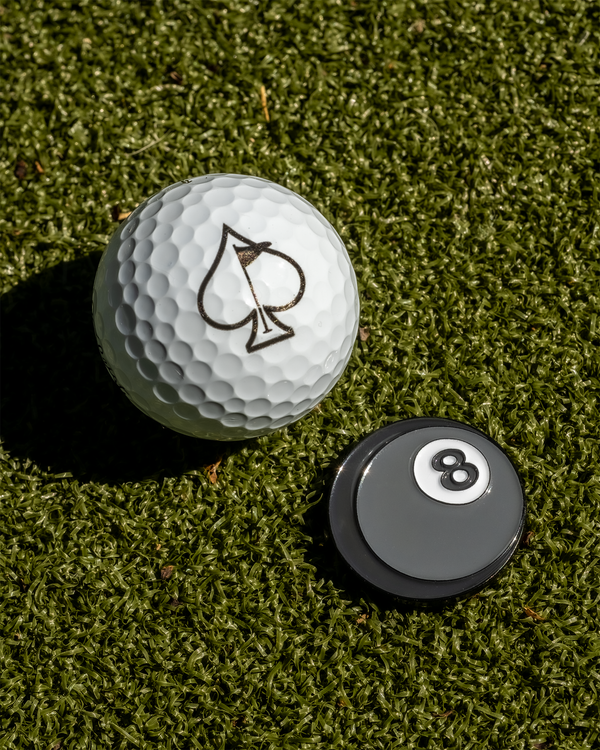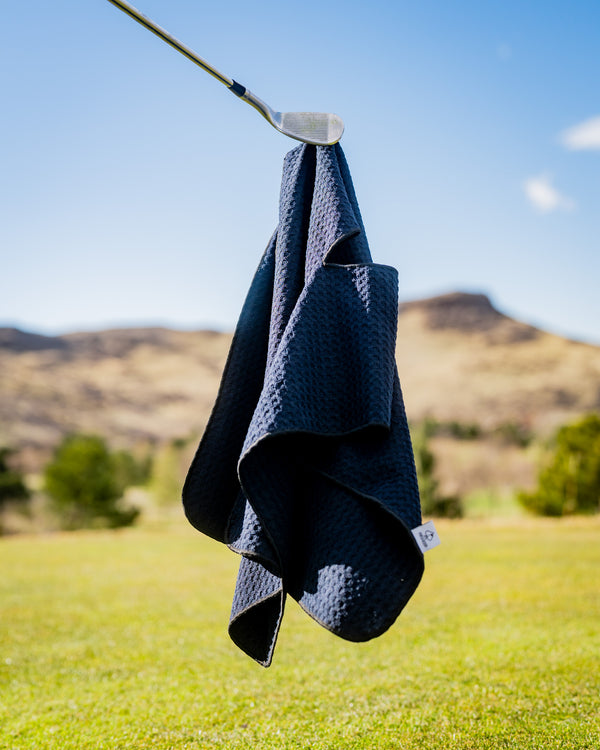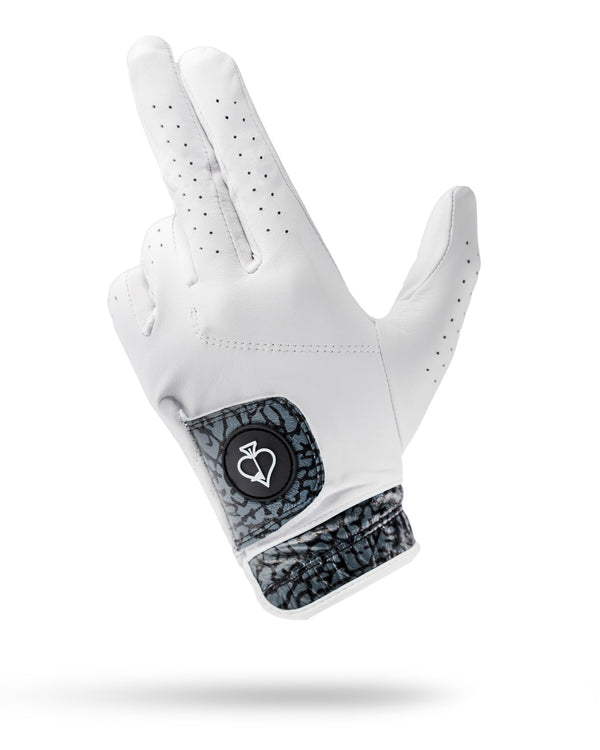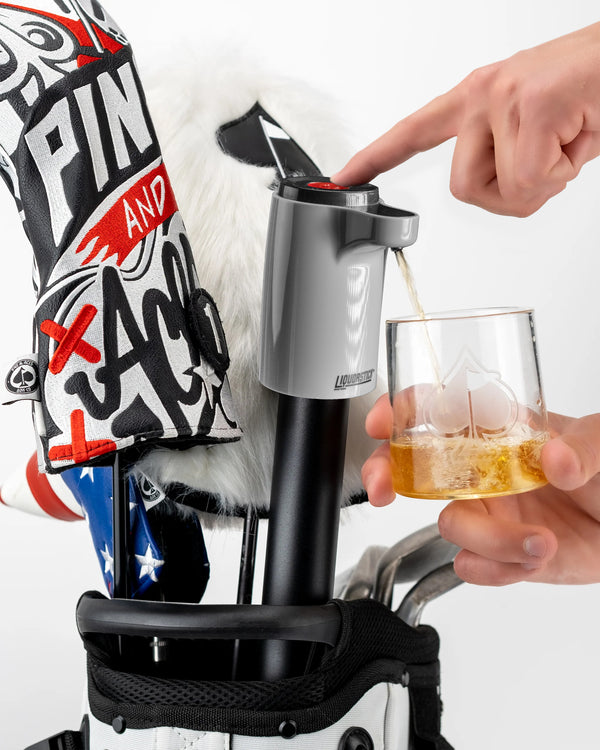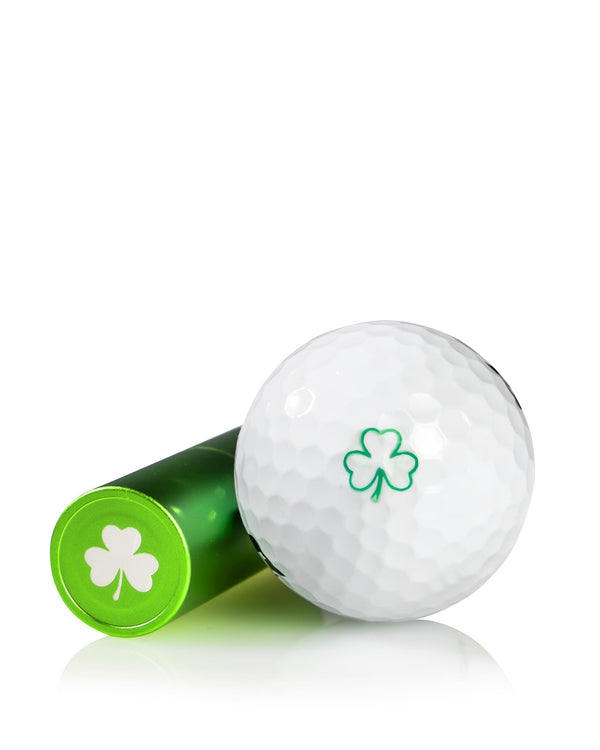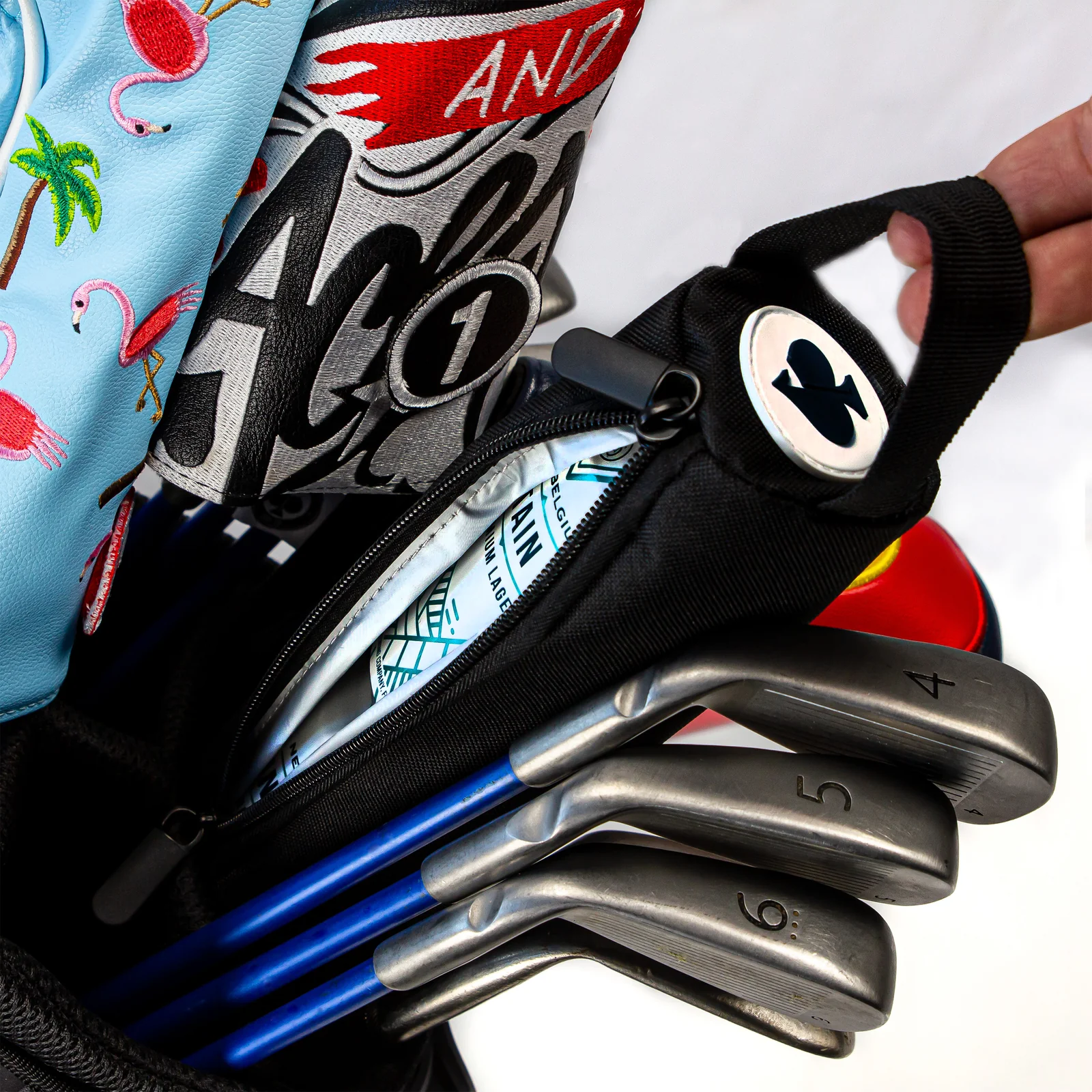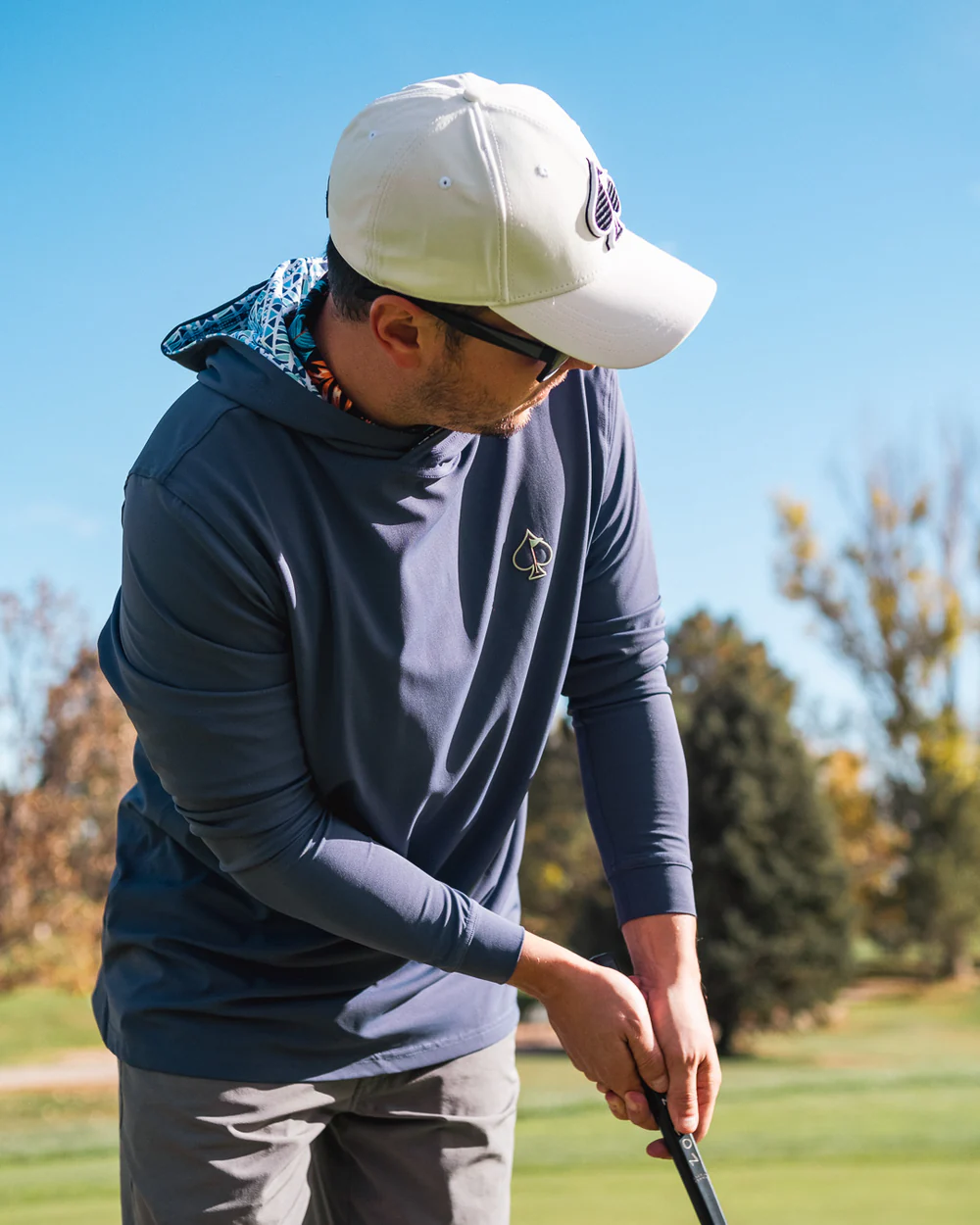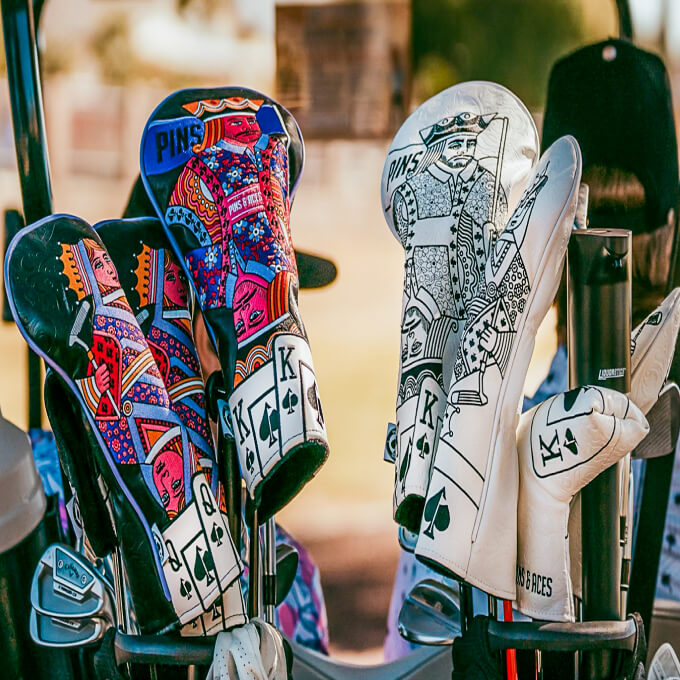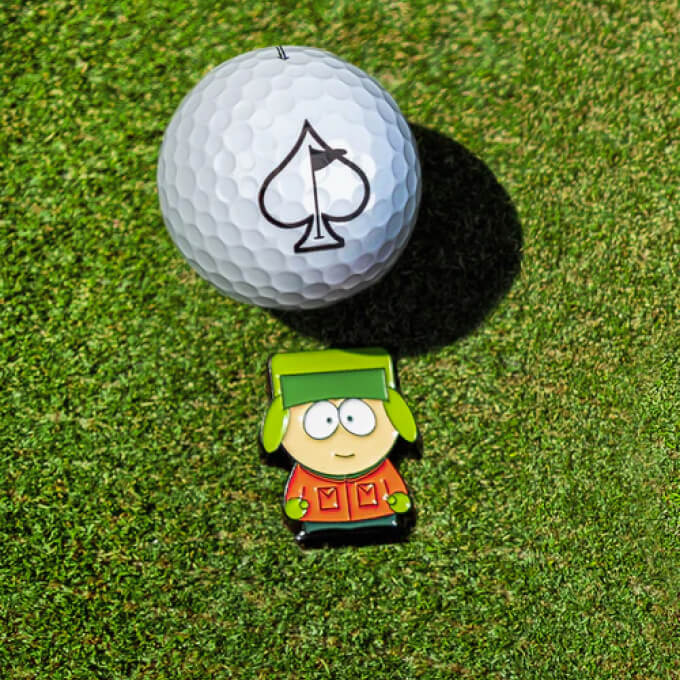As an avid golfer, I've come to realize the significance of a good putting grip. It's not just about holding the club; it's about how this simple action can affect every aspect of your game. From driving off the tee to sinking the ball into the hole, the way you grip your putter has a profound impact on your performance.
The importance of a good putting grip cannot be overstated. It's the only point of contact between you and the club, and it serves as the foundation for the entire swing. A proper grip ensures stability, control, and consistency in your shots. It allows you to swing smoothly and hit the ball squarely, resulting in better accuracy and distance.
However, mastering the best putting grip is not as easy as it sounds. It requires a keen understanding of the basics, a willingness to learn and adapt, and a commitment to practice. But don't worry! With the right knowledge and techniques, you can definitely perfect your grip and take your golf game to the next level.
Understanding the Basics of a Golf Grip
Understanding the basics of a golf grip is the first step towards mastering the best putting grip. The grip is often overlooked but it's one of the most crucial aspects of a good golf swing. A solid grip provides the right balance and control needed for a successful stroke.
Firstly, let's talk about the types of grips. There are three traditional types of golf grips: the interlocking grip, the overlapping or Vardon grip, and the baseball or ten-finger grip. Each of these grips has its own benefits and drawbacks, and the choice largely depends on your comfort and personal preference.
Secondly, the grip pressure is vital. A common misconception among golfers, especially beginners, is that they need to grip the club tightly to hit the ball harder or farther. In reality, a relaxed grip can provide better control and fluidity in your swing. Remember, the aim is to hold the club securely without straining your hands or forearms.
The Relationship Between Best Putting Grip and Golf Performance
There's no denying the relationship between putting grip and golf performance. The way you hold your putter can directly influence your stroke's path, speed, and ultimately, the ball's direction. With a consistent and controlled putting grip, you can significantly improve your chances of sinking more putts and lowering your scores.
A good putting grip facilitates a smooth and controlled stroke. It ensures your hands, wrists, and club move as one unit, minimizing any unwanted wrist action that can lead to inconsistency. Moreover, a proper grip allows for better feel and touch, which are crucial for controlling your putt's speed and distance.
On the contrary, a poor putting grip can lead to various problems. It can cause tension in your hands and arms, disrupt the smooth flow of your stroke, and result in inconsistent ball striking. Consequently, your performance suffers, and your scores inflate. Therefore, mastering the best putting grip is indeed a game-changer.
Common Mistakes in Choosing a Putting Grip
From my personal experience and observation, I've seen golfers commit some common mistakes when it comes to choosing a putting grip. One such mistake is gripping the club too tightly. This often results in a lack of feel and control, leading to inconsistent strokes and poor performance.
Another common mistake is not having the correct hand position. Your hands should be positioned in such a way that they work together during the stroke. If your hands are not aligned properly, they can fight against each other, causing your stroke to be off-line and your putts to miss the target.
Additionally, some golfers tend to overlook the importance of grip size. Using a grip that is too small or too large for your hands can affect your control over the club and the consistency of your strokes. It's crucial to find a grip size that fits your hands comfortably and allows you to maintain a relaxed and secure hold on the club.
Essential Techniques to Master the Best Putting Grip
Mastering the best putting grip involves learning and implementing a few essential techniques. Firstly, you need to choose the right type of grip that suits your playing style and comfort. Experiment with the interlocking, overlapping, and baseball grips to find which one works best for you.
Secondly, focus on your grip pressure. Aim for a firm yet relaxed hold on the club. Remember, a tight grip can create tension in your arms and disrupt the flow of your stroke, whereas a loose grip can cause the club to slip in your hands.
Finally, pay attention to your hand position. Your hands should work together as one unit during the stroke. One effective technique is to ensure that the back of your left hand (for right-handed golfers) or right hand (for left-handed golfers) faces the target at impact, promoting a square clubface and improving the accuracy of your putts.
Personalizing Your Putting Grip: Tips and Tricks
Personalizing your putting grip can greatly enhance your performance on the greens. Everyone's hands and fingers are different, and what works for one golfer might not work for another. Therefore, it's crucial to find a grip that fits your hands and feels comfortable.
One tip is to adjust your grip according to your hand size. If you have small hands, you might find the interlocking grip to be more comfortable and secure. On the other hand, if you have large hands, the overlapping or baseball grip might suit you better.
Another trick is to experiment with different grip sizes. A thicker grip can help reduce wrist action and promote a more shoulder-dominated stroke, which can be beneficial for golfers who struggle with short putts. Conversely, a thinner grip can provide better feel and touch, which can be advantageous for long-distance putts.
How to Improve Your Putting Grip: Practical Exercises
Improving your putting grip involves regular practice and exercises. One practical exercise is the "palm-to-palm" drill. Hold your putter with both palms facing each other and the thumbs pointing down the shaft. This drill promotes a square clubface and helps eliminate excessive wrist action.
Another useful exercise is the "tee-in-glove" drill. Insert a tee into the end of your glove and grip the club normally. The tee should point towards your right shoulder (for right-handed golfers) or left shoulder (for left-handed golfers). This drill encourages a stable wrist position and improves the consistency of your strokes.
Finally, practice your grip regularly. Spend a few minutes each day holding your club and rehearsing your grip. Over time, your grip will become more comfortable and natural, leading to better performance on the course.
The Role of Equipment in Enhancing Your Putting Grip
Equipment plays a significant role in enhancing your putting grip. The type and size of your putter grip can greatly influence your feel and control over the club. Therefore, it's essential to choose a grip that fits your hands comfortably and suits your playing style.
Thicker grips are becoming increasingly popular among golfers. They help minimize wrist action and promote a more stable stroke. However, they may not provide the same level of feel as thinner grips. Conversely, thinner grips offer better touch and feedback, but they may encourage more wrist action.
Additionally, the material of the grip can affect your comfort and control. Rubber grips offer durability and a variety of textures for different feel preferences. Corded grips provide excellent traction in wet conditions, while leather and synthetic grips offer a soft and tacky feel.
Professional Advice: How Top Golfers Grip Their Putters
Observing how top golfers grip their putters can provide valuable insights. Many professional golfers prefer a variation of the traditional grips. For instance, Tiger Woods uses an interlocking grip, while Jordan Spieth employs a variation of the overlapping grip.
However, it's important to note that these golfers have tailored their grips to fit their unique playing styles and comfort. Therefore, instead of blindly copying their grips, use their techniques as a reference point and adjust according to your own comfort and preference.
Remember, the goal is not to mimic a professional golfer's grip but to find a grip that works best for you. And with practice and patience, you can master the best putting grip and significantly improve your golf performance.
Conclusion: The Path to Becoming a Better Golfer
In conclusion, mastering the best putting grip is a vital step in becoming a better golfer. It requires understanding the basics, avoiding common mistakes, and implementing the right techniques. And with the right equipment, practice, and professional advice, you can certainly enhance your grip and elevate your game.
Remember, golf is a journey, not a destination. So, keep learning, keep practicing, and keep improving. And before you know it, you'll be sinking more putts and achieving lower scores on the course. Happy golfing!



